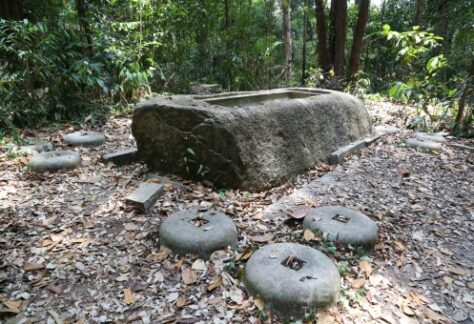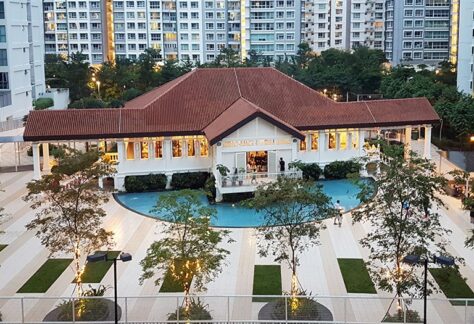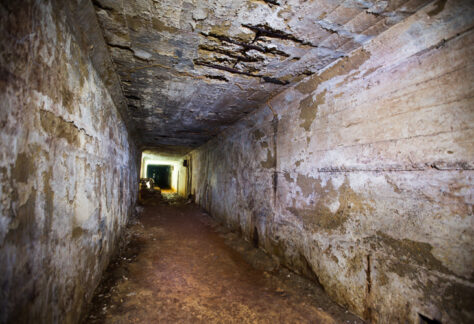Famed as the only public hot springs in mainland Singapore, it was once bottled as mineral water by Fraser and Neave.
The Sembawang hot springs is one of only two hot springs in Singapore, and the only one accessible by the public; the second hot spring is located at the northern end of Pulau Tekong in an area known as Unum.
Hot Spring in Sembawang
The history of Sembwang Hot Springs dates back to 1909 when it was discovered by a municipal ranger named W.A.B Godall. The hot spring was located in a pineapple estate owned by Chinese merchant Seah Eng Keong.
With the discovery, Seah sent samples of the water to London for analysis. After receiving confirmation that the water is safe for consumption, Seah commercialised the opportunity and set up Singapore Natural Mineral Water Hot Springs Company. Under the new company, Seah bottled the hot spring water for sale under the brand ‘Zombun’.
A well was also built on the site to supply villagers in the vicinity. The site was initially known as Seletar Hot Springs before being renamed to Sembawang Hot Springs.
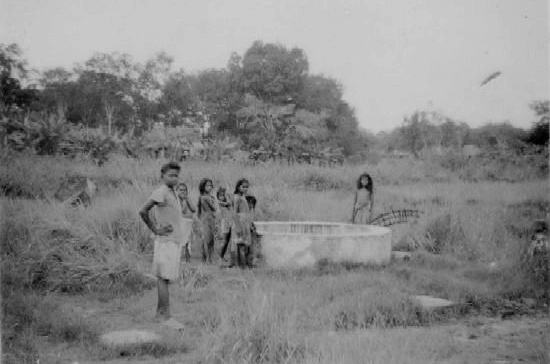
Over time, rumours spread about the water’s supposed healing powers, attracting people from all over Singapore. Seletar Hot Springs and the Zombun bottling plant were then widely promoted in the newspapers as one of the latest and most unique tourist attraction in Singapore.
The village where the hot spring is located later became known as Kampong Ayer Panas, which means “Village of Hot Water” in Malay.
In 1921, soft drink manufacturer Fraser & Neave (F&N) acquired the surrounding land as well as the hot spring and constructed a modern bottling plant to capitalise on the business opportunity. Several brands were created by F&N to bottle the water. This includes Seletaris, Zom, and Vichy Water.
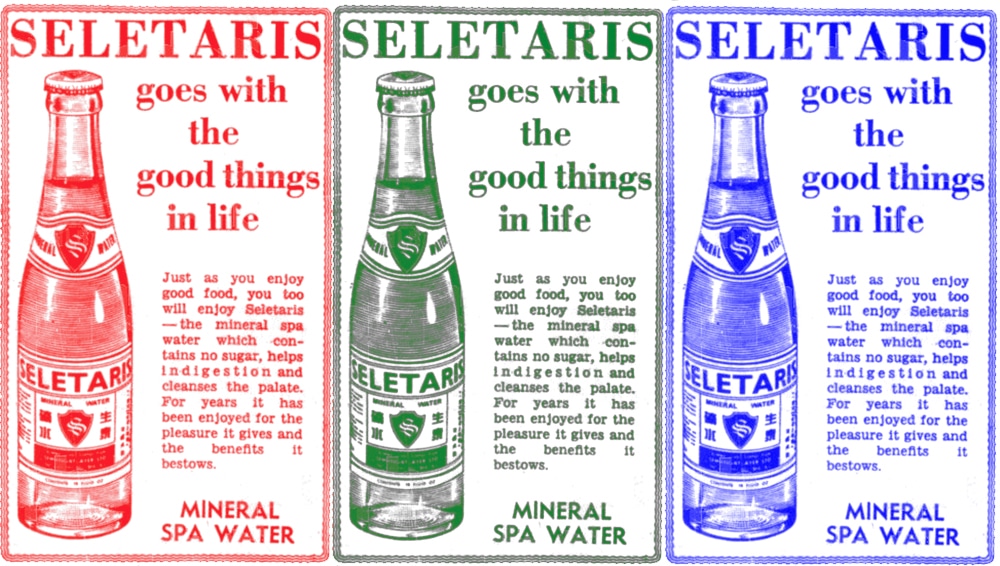
Onsen for the Japanese
In 1942, production of the bottled spring water came to a grinding halt with the onset of the Japanese Occupation. The Imperial Japanese Army were swift to take over the only hot spring in mainland Singapore for its own use.
During the period, the hot spring was converted into a recreational thermal baths (also known as onsen in Japan) for Japanese military officials and dignitaries.
The hot spring was partially damaged during the bombing of Singapore (1944-1945) when a bomb by the Allied forces fell onto the site.
The bombing disrupted the water flow, causing the hot spring to fall into disuse. It was restored only in the early 1960s.
Building a Tourist Attraction
With the water flow back to its original levels, plans were made by F&N to turn the hot spring into a tourist attraction. The site was set to include thermal baths, restaurants, a miniature golf course, and a new bottling plant.
However, with the exception of the completion of the new bottling plant in 1967, the rest of the plan have failed to materialised.
Expansion of Sembawang Air Base
In the 1980s, the Ministry of Defence (MINDEF) began the acquisition of pieces of land in the area to expand Sembawang Air Base. This led to the cessation of F&N’s bottling plants in Sembwang.
The requisition of the hot spring triggered an uproar among Sembawang residents.
With the possibility of the closure of the only hot spring in mainland Singapore, petitions were made by the community to preserve the hot spring, citing the importance of the site as a place of healing and respite for local residents.
Following public outcry, a concession was made by MINDEF in 2002 to conserve the hot spring. While the site remains a part of Sembawang Air Base, it was segregated from the military base and made accessible to the public via a side gate.
You may be interested in: The History Behind Haunted Amber Beacon Tower
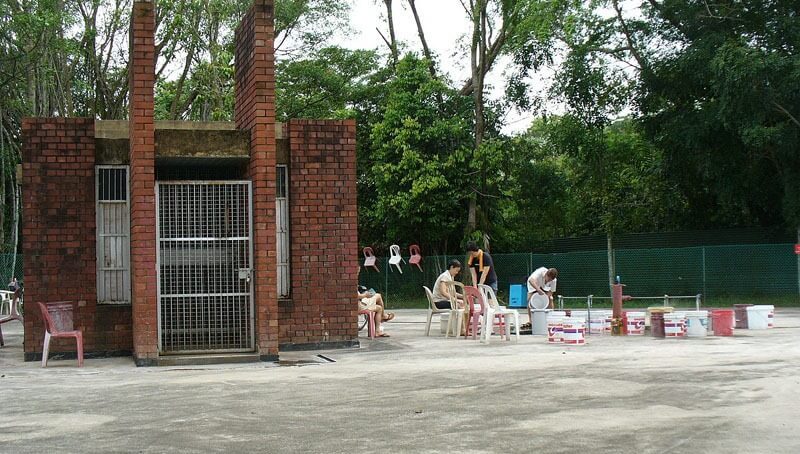
A concrete base was built on the site along with a standpipe to channel water from the hot spring. Plastic pails and chairs were also made available for visitors. The iconic hot spring well however, was locked up for safety concerns.
Over the years, the number of visitors to the hot spring dwindled as its popularity fell. Still, a small number of local residents continue to visit the site religiously for the water’s purported ability to treat rheumatism and arthritis as well as skin diseases.
In 2016, the land was returned to NParks, allowing the area to be developed.
Sembawang Hot Spring Park
In 2018, NParks announced a two year renovation project to redevelop the site into Sembawang Hot Spring Park.
On 4 January 2020, Sembawang Hot Spring Park opened its doors to the public. The 1.1-hectare park features an array of amenities including an egg cooking station, a cascading pool, a foot bath pool and a restaurant.

A 200-metre long walkway named Floral walk was also constructed from the entrance of the park to the hot spring. Along the Floral Walk, one can find a variety of fruit trees and edible plants commonly found in kampungs.
However, Sembawang Hot Spring entered the limelight once again in the wake of inconsiderate use of the facilities by members of the public. Many visitors were spotted displaying bad etiquette including entering the pool without rising their feet, disposing egg shells in the pool, and pouring dirty water onto the ground.
NParks responded by deploying additional staff (during peak periods) and increasing signages to guide visitors on the correct use of the amenities.

